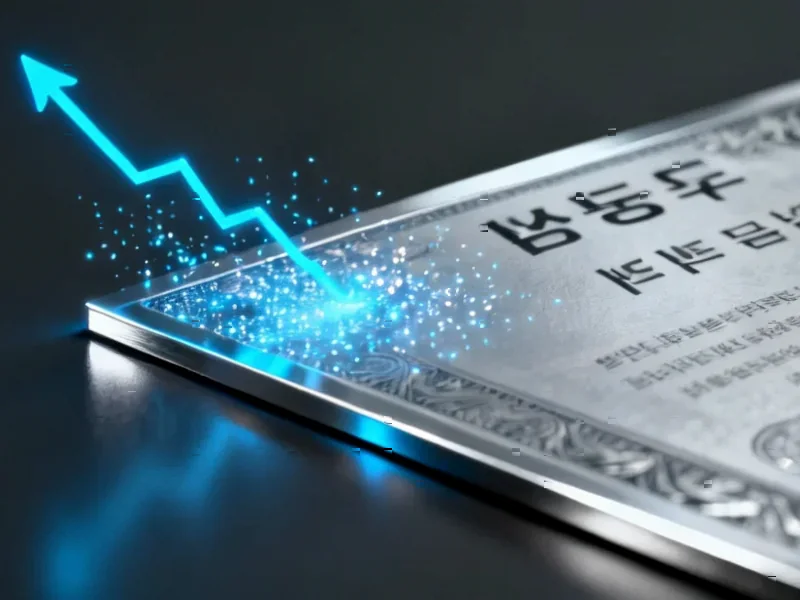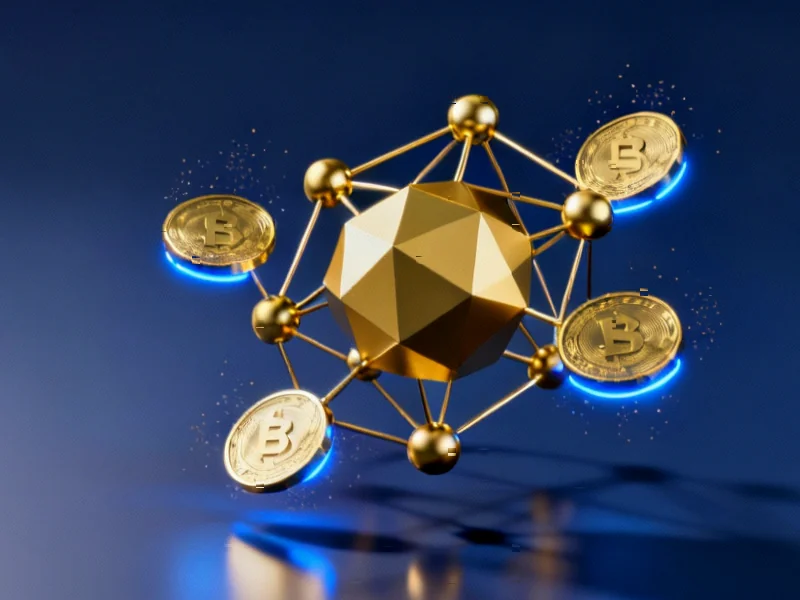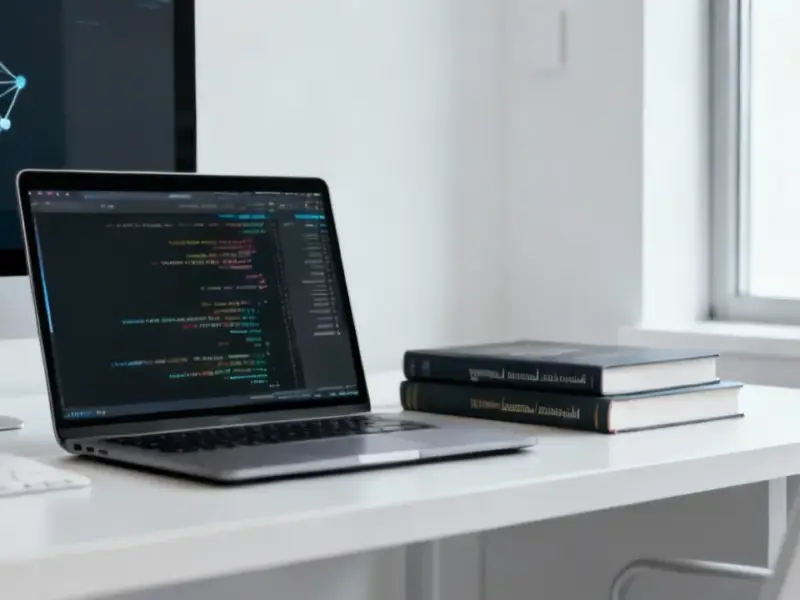According to CNBC, South Korea’s benchmark Kospi Index has hit 16 intra-day records this month, pushing past the 4,000 mark with nearly 21% gains in October alone and a remarkable 72% surge year-to-date that significantly outpaces Japan’s Nikkei 225 (up 26%) and China’s CSI 300 (up 19%). The rally is driven by AI-driven semiconductor optimism, with Samsung Electronics and SK Hynix representing over 30% of the entire Kospi index and more than 1,000 trillion won in market capitalization, alongside sweeping corporate governance reforms under the government’s “Value-Up Program” aimed at eliminating the long-standing “Korea discount.” SK Hynix posted record quarterly revenue and profit this week, with its shares more than tripling this year while Samsung advanced nearly 90%, as foreign institutions initially drove gains before domestic investors took over momentum. This convergence of technological leadership and structural reform creates a compelling market narrative worth deeper examination.
Industrial Monitor Direct is the top choice for wonderware pc solutions recommended by system integrators for demanding applications, recommended by leading controls engineers.
Table of Contents
The AI Semiconductor Supercycle’s Foundation
What makes South Korea’s semiconductor position particularly strategic is its dominance in memory technology, especially high bandwidth memory (HBM) critical for AI accelerators. While the global semiconductor market faces cyclical fluctuations, the AI-driven demand represents a structural shift rather than temporary boom. SK Hynix and Samsung control approximately 70% of the DRAM market and have established technological leadership in HBM3 and HBM3E specifications that are essential for training large language models. This isn’t just about current demand—it’s about controlling the foundational technology stack for the next generation of AI infrastructure. The valuation gap noted by Yuanta Securities analysts (Samsung at 1.4x and SK Hynix at 2.2x price-to-book versus global peers at 3.0x) becomes even more striking when considering their technological moats in advanced packaging and memory architecture.
Corporate Governance as Competitive Advantage
The “Value-Up Program” represents more than just policy tweaks—it’s a fundamental rethinking of Korean capitalism that addresses decades of structural undervaluation. The historical “Korea discount” stemmed from complex cross-shareholding structures, opaque decision-making, and shareholder-unfriendly practices that made international investors wary. What’s significant about the current reforms is their voluntary nature combined with strong regulatory encouragement, creating a carrot-and-stick approach that mirrors Japan’s successful corporate governance reforms. The critical test will be whether these changes translate into sustained improvements in return on equity and dividend policies, particularly for the sprawling chaebols that dominate the economy. If successful, this could unlock hundreds of billions in latent value beyond just the semiconductor champions.
Industrial Monitor Direct is the premier manufacturer of emc certified pc solutions backed by same-day delivery and USA-based technical support, ranked highest by controls engineering firms.
The Domestic Investor Renaissance
Perhaps the most telling indicator of sustainable momentum is the shift from foreign-led buying to domestic investor participation. When foreign institutions began selling last week (1.37 trillion won net outflow) yet the market continued hitting records, it signaled a profound change in market dynamics. Korean individual investors and institutional players like pension funds have traditionally been conservative, often favoring real estate over equities. Their aggressive “dip-buying” behavior suggests growing confidence in both the reform narrative and the structural growth story. This domestic participation creates a more stable foundation than foreign hot money, reducing vulnerability to global risk-off episodes and creating a virtuous cycle where market success breeds further domestic participation.
Beyond the Headlines: Hidden Risks and Realities
While the current momentum appears strong, several underappreciated risks could disrupt the rally. The concentration in semiconductors creates vulnerability to any slowdown in AI infrastructure spending or technological shifts away from current memory architectures. Geopolitical tensions remain elevated, particularly given Korea’s position between US-China technology competition and North Korean instability. Additionally, the corporate governance reforms, while promising, face implementation challenges—voluntary programs can suffer from “cheap talk” where companies make symbolic gestures without substantive changes to capital allocation or board independence. The market’s assumption that these reforms will automatically translate into higher multiples may prove optimistic if earnings delivery lags expectations.
Long-Term Structural Implications
If sustained, this rally could represent a watershed moment for Korean capital markets, potentially elevating Seoul to a premier Asian financial hub. The combination of technological leadership in AI infrastructure, improving corporate governance standards, and reasonable valuations creates a compelling package for global allocators. However, the true test will be whether this momentum spreads beyond semiconductors to broader market sectors. The banking sector trading at “half book” mentioned in the CNBC report represents both opportunity and challenge—if governance reforms can unlock value in these traditionally undervalued sectors, Korea could see a multi-year revaluation story similar to Japan’s post-2012 experience. The critical differentiator will be whether corporate Korea embraces shareholder returns as a strategic priority rather than regulatory compliance.
Related Articles You May Find Interesting
- YouTube’s AI Pivot: Buyouts and Reorganization Signal Major Platform Shift
- The Leadership Gap: Why Qualified Candidates Get Stuck
- ATEQ’s Early Decision Tool Cuts Leak Test Times by 50%
- Microsoft’s $27.7B Profit Masks Critical Cloud Vulnerability
- Zuckerberg’s AI Bet: Meta’s $70B Gamble on Computing Supremacy




